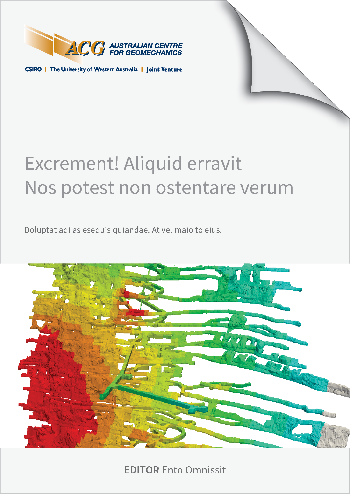Experiences from confined blasting tests at the sublevel caving mine in Kiruna

|
Authors: Petropoulos, N |
DOI https://doi.org/10.36487/ACG_repo/2435_D-02
Cite As:
Petropoulos, N 2024, 'Experiences from confined blasting tests at the sublevel caving mine in Kiruna', in Daniel Johansson & Håkan Schunnesson (eds), MassMin 2024: Proceedings of the International Conference & Exhibition on Mass Mining, Luleå University of Technology, Luleå, pp. 491-503, https://doi.org/10.36487/ACG_repo/2435_D-02
Abstract:
Blasting in sublevel caving is a complex process. The mechanisms in confined blasts have been studied for more than 20 years throughout a series of different experimental scales at the Kiruna mine (LKAB) in northern Sweden. Several small-scale tests as well as seven confined pillar tests, either with artificial filling material or caved masses, have been conducted to measure and observe the burden movement as well as the interaction between the blasted and the confining materials. The most recently conducted tests were on a series of production rings. A wide variation of confining materials was tested in the pillar tests, ranging from fine to boulders, to observe the behavior under different conditions as the particle size distribution of the confining material in the real case is unknown. The results from the pillar tests and the production rings showed that the burden moves with velocities varying from 10 to 32 m/s. The burden displacement varies between 0.4 and 1.6 m. The extent of the compaction zone of the confining materials can be described with an inverse exponential law. Overcompaction of the confining materials was observed in the vicinity of the burden, especially for fine filling material (< 30 mm). Additionally, agglomeration was observed on the contact surface between the burden and the confining material in the areas with high moisture content. There was evidence for apparent cohesion of the confining material which indicates the introduction of apparent tensile strength. Scaling-up the observations, the introduction of apparent tensile strength might influence the behavior of the blasted and caving materials during the flow toward the draw point.
© Copyright 2025, Australian Centre for Geomechanics (ACG), The University of Western Australia. All rights reserved.
View copyright/legal information
Please direct any queries or error reports to repository-acg@uwa.edu.au
View copyright/legal information
Please direct any queries or error reports to repository-acg@uwa.edu.au